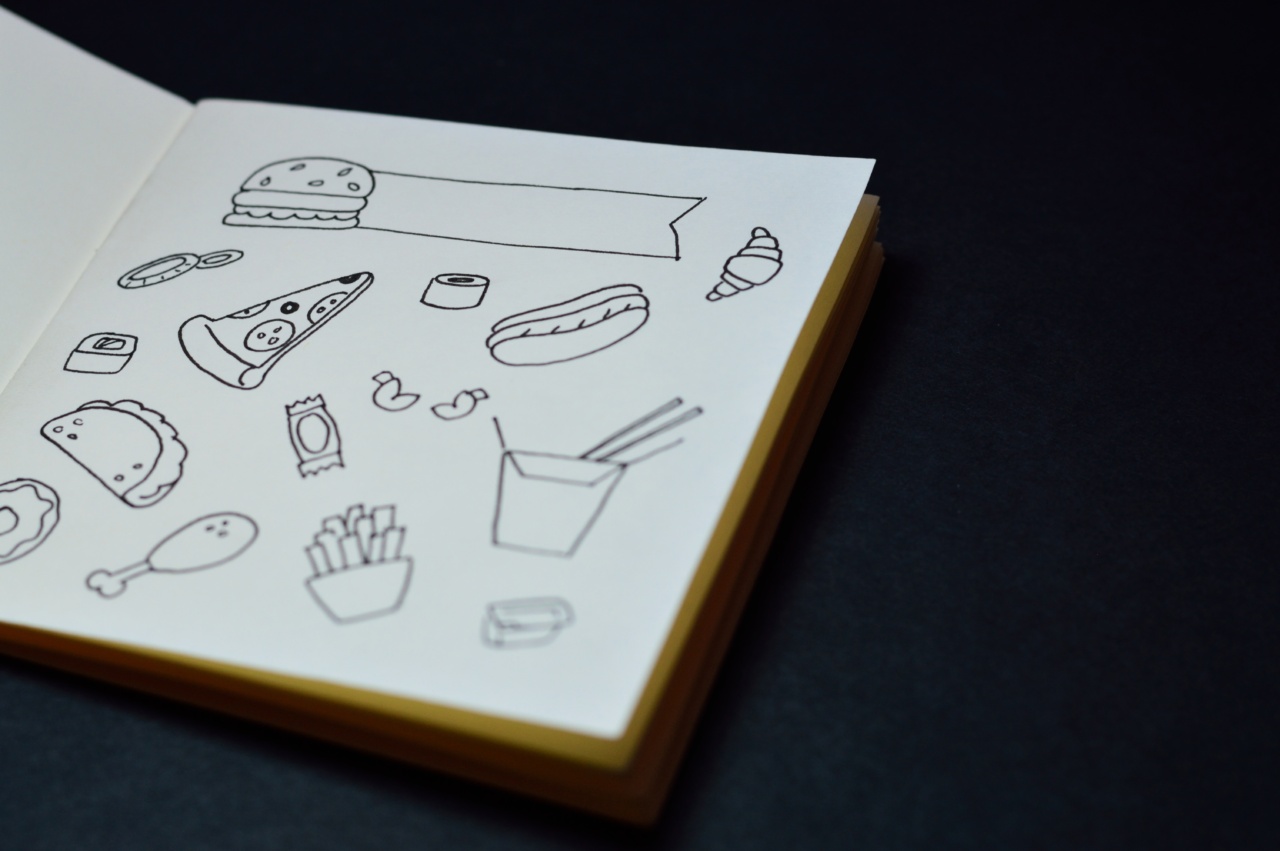Junk food is a popular and convenient choice for many people in today’s fast-paced society. These types of foods are typically high in calories, unhealthy fats, sugar, and sodium.
While occasional consumption of junk food may not pose significant health risks, regular or excessive consumption of these foods can have detrimental effects on our overall health, including an increased risk of developing hypertension.
The Dangers of Hypertension
Hypertension, also known as high blood pressure, is a chronic medical condition characterized by elevated blood pressure levels.
It is a significant risk factor for various health problems, including heart disease, stroke, kidney disease, and even premature death. Uncontrolled hypertension can put excessive strain on the heart and blood vessels, leading to serious complications.
How Junk Food Contributes to Hypertension
Consuming junk food regularly can significantly contribute to the development of hypertension. These foods are typically loaded with sodium, which plays a crucial role in raising blood pressure levels.
Excessive sodium intake can disrupt the delicate balance of electrolytes in the body and cause blood vessels to constrict, leading to higher blood pressure.
Junk food is also often high in unhealthy fats and trans fats, which can increase the risk of obesity and raise cholesterol levels. Excess body weight and high cholesterol are both associated with hypertension and cardiovascular diseases.
Furthermore, junk food is frequently high in refined carbohydrates and added sugars, which can contribute to weight gain, insulin resistance, and metabolic imbalances that can worsen blood pressure control.
The Impact of Junk Food Marketing
One of the significant challenges in reducing junk food consumption and preventing hypertension is the aggressive marketing practices employed by the food industry.
Junk food manufacturers often target children and adolescents, using compelling advertising techniques to promote their products. This marketing can heavily influence individuals’ dietary choices, leading to unhealthy eating habits from a young age.
Reducing Junk Food Consumption for Better Cardiovascular Health
Reducing junk food consumption is crucial for maintaining optimal cardiovascular health and preventing hypertension. Here are some strategies that individuals can adopt:.
1. Healthy Meal Planning
Planning and preparing meals at home can be an effective way to control food choices and reduce reliance on junk food.
By incorporating nutrient-rich foods, such as fruits, vegetables, whole grains, and lean proteins, individuals can ensure they are consuming a well-balanced diet that promotes overall health and lowers the risk of hypertension.
2. Increasing Awareness about Nutritional Labels
Reading and understanding nutritional labels is essential when trying to make healthier food choices.
Paying attention to the sodium, fat, and sugar content of packaged foods can help individuals identify healthier alternatives and make more informed decisions about what they consume.
3. Limiting Fast Food Consumption
Fast food is a common source of junk food, so it is essential to limit its consumption.
Instead of relying on fast food for convenience, individuals can explore healthier alternatives, such as meal prepping, packed lunches, or choosing restaurants that offer healthier options.
4. Emphasizing Home-Cooked Meals
Cooking at home allows individuals to have better control over the ingredients used in their meals.
By incorporating fresh, whole foods and minimizing the use of processed ingredients, individuals can reduce their overall junk food intake and improve their cardiovascular health.
5. Educating Children about Healthy Eating
Teaching children about the importance of healthy eating and the harmful effects of junk food can help promote long-term healthy habits.
Parents and educators can involve children in grocery shopping, meal planning, and cooking, fostering a positive relationship with nutritious foods.
6. Seeking Alternatives
Instead of reaching for junk food as a snack or treat, individuals can explore healthier alternatives, such as fruits, nuts, yogurt, or homemade snacks. These alternatives offer essential nutrients while satisfying cravings.
7. Engaging in Regular Physical Activity
Regular physical activity plays a crucial role in maintaining overall cardiovascular health.
Engaging in activities such as walking, running, swimming, or cycling can not only help control blood pressure levels but also reduce cravings for unhealthy foods.
8. Seeking Professional Guidance
For individuals struggling to reduce their junk food consumption and manage hypertension, seeking professional guidance from healthcare providers or registered dietitians can be beneficial.
These professionals can provide personalized advice and support in developing healthier eating habits.
9. Creating Supportive Environments
Creating supportive environments at home, school, and work can greatly influence individuals’ dietary choices.
Encouraging access to nutritious foods, promoting healthy eating policies, and fostering a culture that values health can help individuals reduce their dependence on junk food and improve their cardiovascular health.
10. Being Mindful of Emotional Eating
Emotional eating can often lead individuals to turn to junk food for comfort.
It is crucial to be mindful of emotions and find alternative coping mechanisms, such as engaging in hobbies, seeking support from loved ones, or practicing stress-relief techniques like yoga or meditation.
Conclusion
Junk food consumption presents a significant risk factor for developing hypertension and other cardiovascular diseases.
The high sodium, unhealthy fats, and added sugars commonly found in these foods can lead to elevated blood pressure levels and contribute to obesity and metabolic imbalances. By reducing junk food consumption and adopting healthier eating habits, individuals can significantly reduce their risk of hypertension and improve their overall cardiovascular health.
It is crucial to prioritize a well-balanced diet, engage in regular physical activity, and create supportive environments that encourage healthy eating habits. By taking these steps, individuals can protect their long-term health and well-being.





























